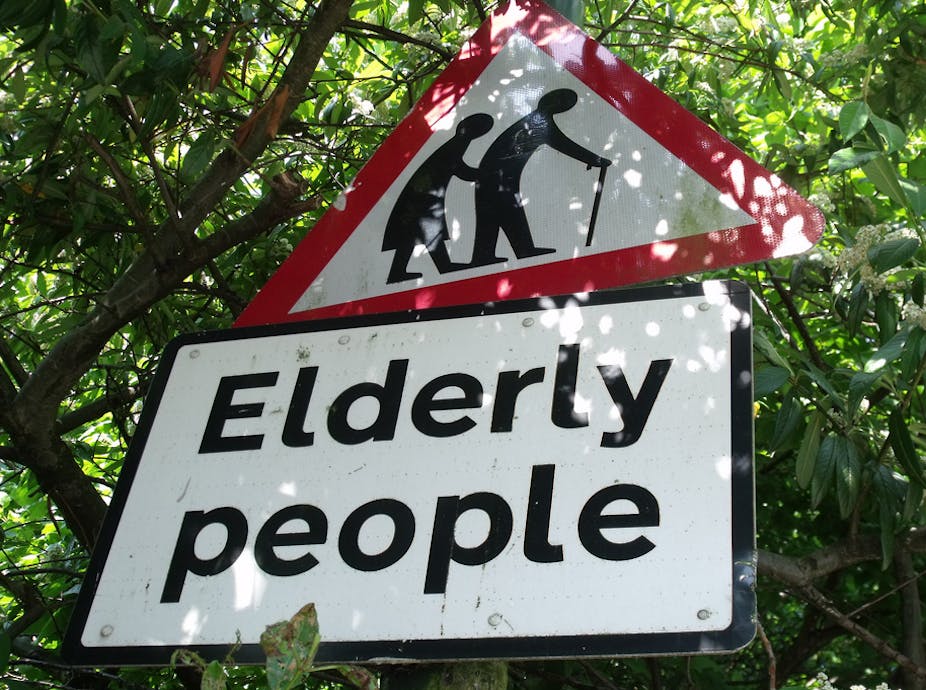Labor’s post-WorkChoices industrial relations regime has come under renewed scrutiny in the past week, following Fair Work Australia’s recognition that community sector workers were being underpaid due in part to gender inequality.
But while this is a significant development, another Fair Work Australia decision this month highlights potentially the most crucial aspect of Labor’s workplace relations policy push: the revival of enterprise-based collective bargaining.
On May 5, a full bench of Fair Work Australia handed down a decision on a union application for a low-paid bargaining authorisation in the aged care sector.
This was the first experiment with this internationally novel part of the Labor bargaining regime.
As much as there has been controversy about some aspects of the Fair Work Act, we must be clear that the act is, at heart, an attempt to stimulate collective bargaining.
References to bargaining run from the Act’s objects through to the explanatory notes. And for Julia Gillard, who is credited with writing the Act in her previous role as Workplace Relations Minister, bargaining is sacrosanct.
But to what extent can workplace collective bargaining solve all our workplace relations ills? For instance, can it lift employees out of low pay?
The May 5 decision provides some answers to these questions.
The low paid stream is one of the few instances in which multi-employer agreement-making is allowed under the Act. It is accessible only by the low paid.
In order to access the bargaining mechanism, the union, United Voice (formerly the LHMU), had to establish, among other things, that the workers potentially covered had low wages and were lacking in bargaining power.
They were successful in these claims, as the bench concurred that aged care attendants are among the lowest paid Australian workers and they seriously lack in market power.
My research has shown that low pay has very serious implications for the working poor. In the workplace, low paid jobs are dirty, precarious and often dangerous.
Outside of work, low pay has an obvious financial effect at the time of earning and this compounds over the course of people’s lives.
Low pay also has a notable social exclusionary effect. All of this is despite the socially and economically useful work low-paid workers, mostly women, perform.
Think about your kids’ day care workers, the carers in your mother’s nursing home or those who clean the amenities in your office bathroom.
Understandably, the aged care case was hotly contested by the union and aged care employers. United Voice saw potential for the stream as a mechanism to lift the wages and working conditions of their members in the sector by up to $10 per hour.
Employers, both in the sector and beyond, roundly opposed the application for its local and potentially wider impact. But who won and what does this mean for the low paid?
While agreeing with the union’s arguments about low pay and bargaining power, Fair Work excluded those workplaces with operational enterprise agreements.
The union has been mightily disappointed with this aspect of the decision.
For them, from public statements made after the decision, seems to override the remainder. They had included in their application scores of enterprises with ‘live’ agreements, arguing that, despite agreement coverage, the workers concerned remained low paid.
They contended that wage rates in many agreements, including a number made under WorkChoices, were scantly higher than the minimum standard.
The bench, however, found the operation of an agreement more compelling than either the pay of the employees concerned or of the bargaining power they may, or may not, have.
This underscores my initial point. The Fair Work Act is all about bargaining. In this case this means that an operational enterprise agreement trumps all other things, including low pay.
What will happen next? The aged care employers who are named in the authorisation and the union will undoubtedly begin to collectively bargain.
They will need to do so “in good faith”, as in mainstream bargaining, because this aspect of the bargaining framework has been triggered.
Fair Work Australia will take on its mantle as the facilitator of the bargaining – its designated role under the act. This may include bringing funders, in this case the federal government, to the bargaining table in an attempt to bring agreement closer to fruition.
The parties will most probably come to an agreement by consent in a multi-employer contract. If they can’t, Fair Work can intervene with an arbitrated low-paid workplace determination.
Will the Fair Work Act help bargain away low pay? Potentially employees, particularly low paid women, have a new avenue to use to access increases in their terms of employment via a unique form of collective bargaining.
But this case has certainly not paved the way for the industry-based grand bargain envisaged by some observers and feared by many employers.
The current evidence seems to suggest that the low paid stream will not be a mechanism that, on its own and in its current form, will erase low pay sector.
It will just mean a bit more enterprise–based bargaining.
But I think that is what it was meant to do.

